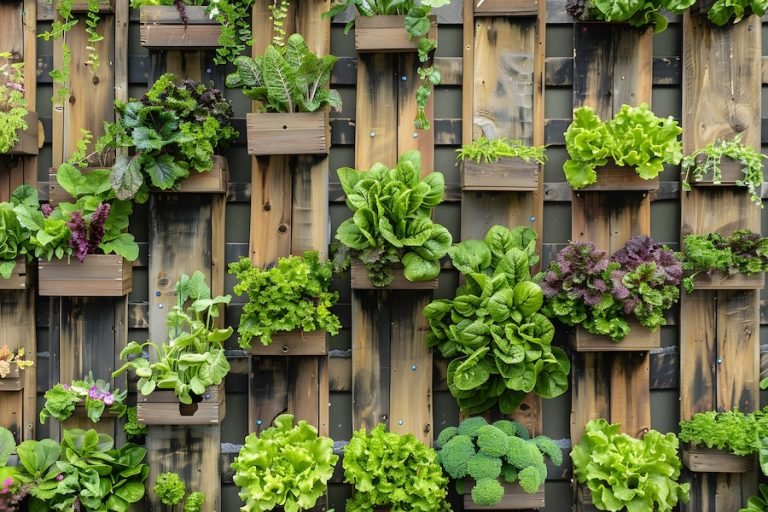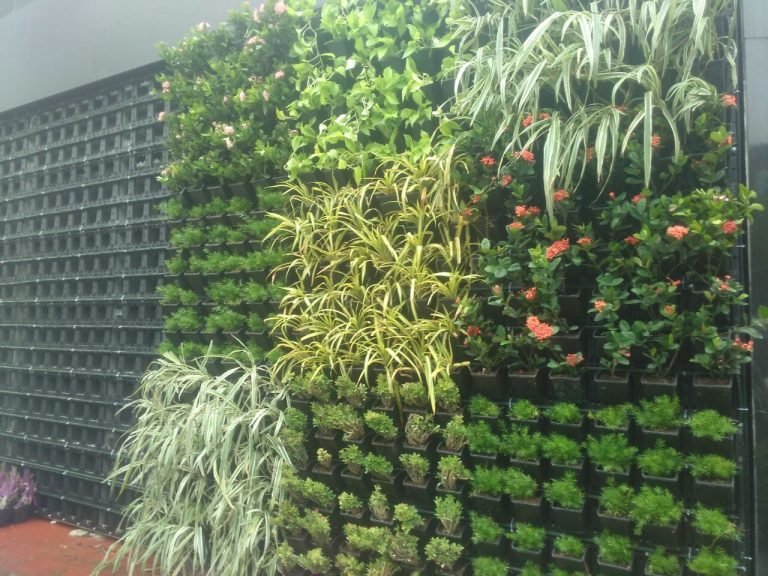Horticultural Technology: Innovations Driving Efficiency
In the world of agriculture, horticulture stands out as a field that not only feeds the world but also adds beauty to our surroundings. From cultivating fruits and vegetables to nurturing ornamental plants, horticulture plays a crucial role in our lives. In recent years, the integration of technology into horticulture has transformed traditional practices, driving efficiency, sustainability, and productivity to new heights. Let’s delve into some of the innovative technologies that are revolutionizing the horticultural landscape.
To Know More About It Please Click Here
Precision Agriculture
One of the most significant advancements in horticultural technology is precision agriculture. This approach utilizes GPS, sensors, and data analytics to optimize various aspects of crop production. In horticulture, precision agriculture enables farmers to precisely manage irrigation, fertilization, and pest control, resulting in reduced resource wastage and increased crop yields.
Vertical Farming
With the global population on the rise and arable land becoming scarcer, vertical farming has emerged as a game-changer in horticulture. By growing crops in vertically stacked layers, often indoors under controlled environments, vertical farms maximize space utilization and minimize water usage. Advanced lighting systems, hydroponic or aeroponic growing methods, and automated climate control systems ensure optimal growing conditions for a wide range of crops, from leafy greens to herbs and even strawberries.
Robotics and Automation
Robotics and automation have found their way into horticulture, streamlining labor-intensive tasks and boosting efficiency. Automated harvesting machines can pick fruits and vegetables with precision, reducing the need for manual labor and minimizing harvest losses. Additionally, robots equipped with cameras and AI algorithms can detect and remove weeds, reducing the reliance on herbicides and manual weeding efforts.
Controlled Environment Agriculture (CEA)
Controlled environment agriculture involves growing crops within enclosed structures, such as greenhouses or vertical farms, where environmental factors like temperature, humidity, and light can be tightly controlled. CEA allows growers to produce high-quality crops year-round, independent of external weather conditions. Advanced climate control systems, including heating, ventilation, and cooling (HVAC) systems, ensure optimal growing conditions, resulting in consistent yields and superior crop quality.
Remote Sensing and Imaging
Remote sensing technologies, such as drones and satellites, offer valuable insights into crop health and performance. By capturing high-resolution images and multispectral data, these technologies enable growers to monitor crop growth, detect nutrient deficiencies, identify pest infestations, and assess overall plant health. With the help of advanced analytics and machine learning algorithms, growers can make data-driven decisions to optimize crop management practices and maximize yields.
To know More About It Please Click here
Biotechnology and Genetic Engineering
Biotechnology has revolutionized horticulture by enabling the development of genetically modified (GM) crops with enhanced traits such as pest resistance, drought tolerance, and nutritional quality. Genetic engineering techniques allow scientists to precisely manipulate the DNA of plants, leading to the creation of crop varieties that are more resilient and productive. From disease-resistant tomatoes to vitamin-enriched rice, biotechnology has the potential to address many of the challenges facing modern agriculture.
In conclusion
horticultural technology is driving significant advancements in crop production, efficiency, and sustainability. From precision agriculture and vertical farming to robotics and biotechnology, these innovations are reshaping the way we grow and manage crops. As we continue to confront global challenges such as climate change, resource scarcity, and food security, harnessing the power of technology will be crucial in ensuring a resilient and thriving horticultural sector for generations to come.







